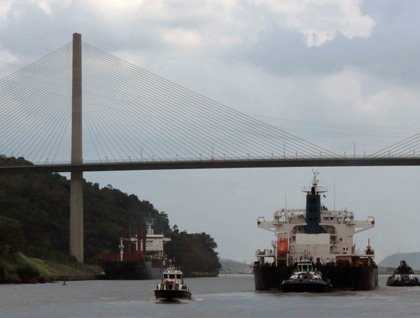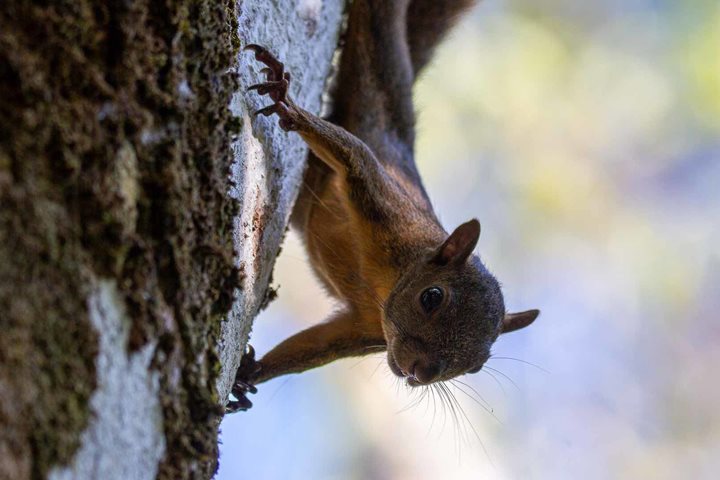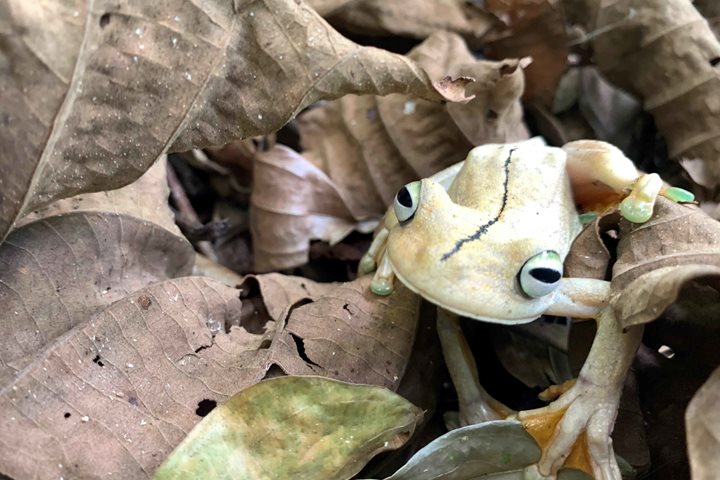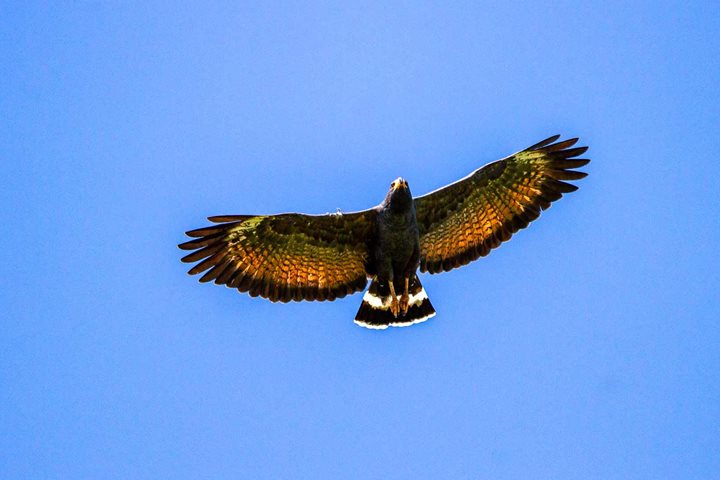Last night we began our week of exploration aboard National Geographic Sea Lion with our first immersion into the operation of the Panama Canal in Gatun locks. Early this morning a second pilot took us from Gatun Lake to Barro Colorado Island (BCI). Thanks to a special arrangement, we are able to interrupt our transit of the canal and visit BCI. Administrated by the Smithsonian Tropical Research Institute, BCI is considered one of the most important facilities in the area to study tropical ecology.
After breakfast and a welcoming presentation by prominent resident scientist Dr. Egbert Leigh, we were given the chance to discover the same trails and surrounding areas of the island where hundreds of scientists have uncovered some unique secrets of this realm. Either by our expedition landing craft or walking, wildlife sightings of American crocodiles, slaty-tailed trogons, Central American agoutis, and Central American howler monkeys added to our fascination with the complexity of this ecosystem.
Just before lunch…great news! Our third pilot from the Panama Canal was arriving to our stern; as soon as possible we continued our last section of the transit during daylight. While passing through the mouth of Chagres River, it came to my mind the importance of the water element in the canal. With an average rainfall of 130 inches on the Caribbean, the lake upstream, known as Alajuela, provides almost 45% of all the water needed for the operation of the Panama Canal.
Our afternoon continued with a seamless transit through Pedro Miguel and Miraflores locks. National Geographic Sea Lion was lowered 85 feet (26 meters) to finally enter the Pacific Ocean. The view of Panama City illuminated by the setting sun was on our starboard side as we concluded our transit between the seas; today we planted a small seed enhancing our fascination with Panama.







